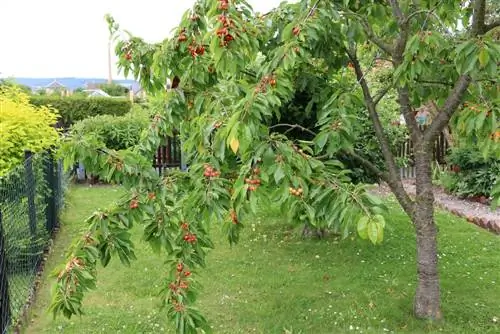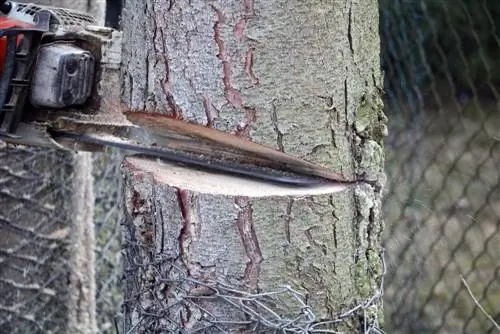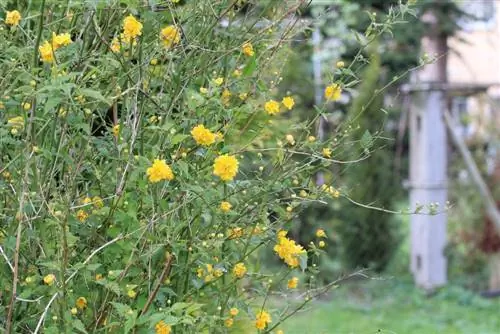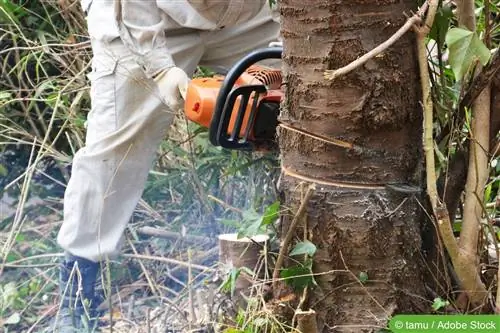- Author admin [email protected].
- Public 2023-12-17 03:39.
- Last modified 2025-01-24 12:45.
Cutting down trees is an art. One that requires precision, skill and, above all, knowledge. It is a task that should not be undertaken lightly, and certainly not without first familiarizing yourself with the basics. This comprehensive guide will help you understand the essential aspects of tree felling and provide you with practical tips and tricks for doing it safely.
Felling down a tree is not just a question of physical work. It requires a deeper understanding of the nature and characteristics of the tree you want to cut down. It's about recognizing the right moment, applying the correct techniques and minimizing the risks. Therefore, proper training and equipment is essential to performing this task safely.
Why cut down trees?
The decision to cut down a tree can be made for various reasons. Perhaps the tree poses a danger because it is diseased or growing in an unsafe location. Or perhaps it needs to go to make way for new construction or landscaping. Regardless of the reason, it is important that you follow the proper steps to ensure the tree is felled safely and effectively.
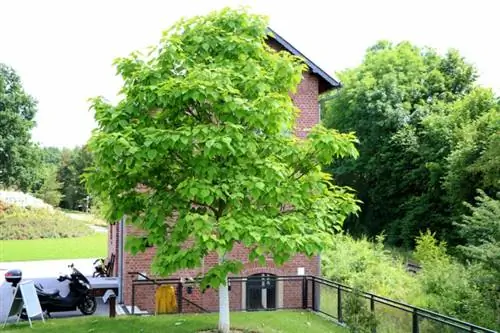
Trees are an important part of our ecosystem. They provide habitat for wildlife, improve soil quality and help reduce carbon dioxide levels in the atmosphere. However, if it is necessary to cut down a tree, it should be done in the safest and most environmentally friendly way. With the right knowledge and equipment, you can ensure that the tree is felled with minimal impact on the surrounding area and maximum safety for you and others.
A Chinese proverb says:
“The best time to plant a tree was twenty years ago. The second best time is now.”
Preparations for tree felling
Before you start the actual tree felling, there are some preparations you should make. This includes examining the tree, choosing the right tool and checking the surroundings.
A thorough understanding of the tree is the first step. Check the he alth of the tree, the thickness of the trunk and the direction of growth of the branches. A diseased or dead tree may react unpredictably when felled, increasing the risk of accidents. You should also determine the direction in which you want the tree to fall. This should ideally correspond to the natural direction of growth of the tree.
Selecting the right tool is another important aspect. Chainsaws are the preferred tool for this task as they are both efficient and effective. But not every chainsaw is suitable for every tree. Choosing the right chainsaw depends on the size and type of tree you want to fell.
Finally, you should check the area around the tree. Make sure there is enough room for the tree to fall safely and that there are no structures or other trees that could be damaged. The safety of people in the area should also be guaranteed.
The actual tree felling
When all the preparations have been made, it's time to cut down the tree. This should be done with utmost care and caution to avoid accidents and to ensure that the tree falls in the desired direction.
First, a cut is made in the tree, called a fall notch. This cut determines the direction of fall of the tree and consists of a horizontal and an oblique cut, which together form a V. The angle and depth of the notch depends on the size and shape of the tree and should be done by an experienced arborist or forester.
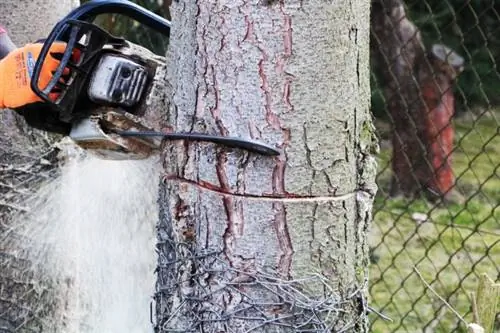
The felling cut is then made on the opposite side of the fall notch. This cut should be made slightly higher than the bottom cut of the fall notch to create a hinge effect that allows the tree to tip in the desired direction.
As soon as the tree begins to fall, you should quickly and safely get out of the way and stay in a predetermined safety zone.
Summary
Tree felling is a serious task that requires thorough preparation, precise knowledge and safe techniques. It is important to thoroughly inspect the tree and surrounding area, select the right tool for the job, and ensure all safety measures are in place before felling the tree.
The actual tree felling requires precision and care. The notch and felling cut are crucial to the safe and controlled felling of the tree, and the safety of those around should always be the top priority.
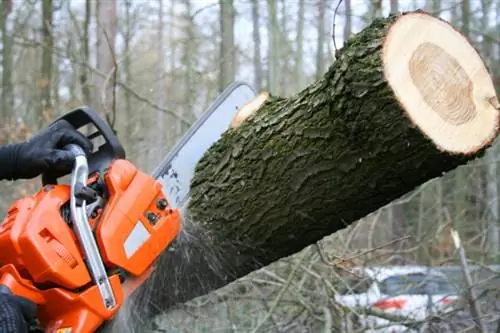
Ultimately, the goal is to fell a tree safely, efficiently and with minimal impact on the surrounding area. With the right knowledge and skills, this is an achievable task.
In this article we have discussed the basic aspects of tree felling and provided practical tips for doing it safely. We hope that this information will be helpful to you in your tree removal work and that you will now be better prepared to tackle this challenging task.
Whether you need to cut down a tree for safety reasons, in preparation for new construction, or for other reasons, always remember that safety and respect for the environment come first. Trees are an important part of our ecosystems, and it is our job to protect and preserve them wherever we can.



